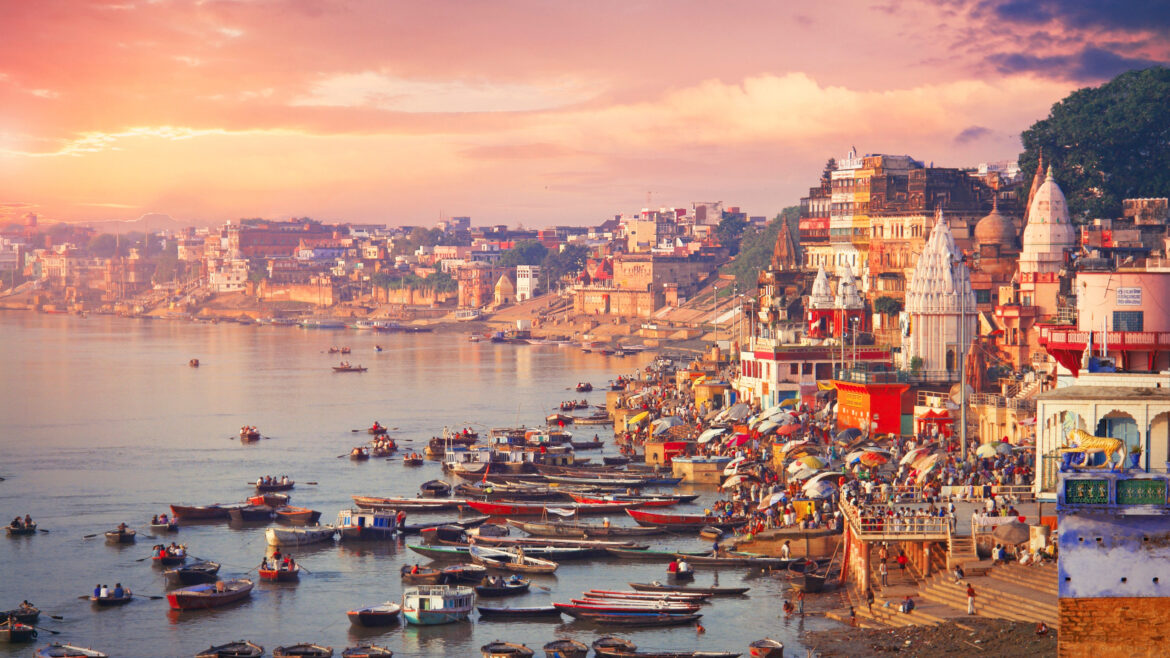In a quiet stretch of the Chalakudy River in Kerala, southern India, something remarkable happened this spring. On a hot morning in April, members of local fishing communities, students, and ecologists waded into the shallows and released 1,500 fingerlings—tiny native fish bred in hatcheries—into the river. For outsiders, it may have looked like a ceremonial gesture. But for those who live along its banks, it was an act of ecological resistance.
At stake: the future of India’s freshwater ecosystems, and the livelihoods of thousands who depend on them.
🏞️ The Chalakudy Model
Once known for its abundant biodiversity, the Chalakudy River has suffered the same fate as many Indian rivers—dams, pollution, illegal sand mining, and shrinking seasonal flows. But what sets it apart is the response.
Led by the Kerala University of Fisheries and Ocean Studies (KUFOS) in collaboration with community members and local NGOs, this river has become a testing ground for community-led fish restocking, using scientifically selected native species like the endangered mahseer, snakehead, and river catfish.
Unlike top-down conservation efforts, this model empowers local stakeholders—from fisherwomen’s collectives to indigenous elders—to manage species, monitor water quality, and regulate harvests. It’s part science, part tradition, and fully relational.
💡 Why Native Species Matter
Much of India’s aquaculture boom has centered on high-yield, non-native species like tilapia or carp, introduced for commercial gain. But these fish can outcompete, displace, or interbreed with native species, collapsing local food webs and threatening river health.
Restocking with native species is not just about numbers—it’s about rebuilding ecological function. Species like the orange-finned mahseer aren’t just fish; they’re indicators of river integrity. If they thrive, it means oxygen levels, sediment patterns, and food chains are recovering too.
🔁 A Blueprint for Decentralized Ecological Restoration
The Chalakudy project isn’t alone. Similar efforts are emerging in Assam, Madhya Pradesh, and Odisha, where local panchayats (village councils) are combining traditional ecological knowledge (TEK) with scientific monitoring.
These programs are inexpensive, scalable, and socially embedded. Unlike big infrastructure projects, they don’t require bulldozers or foreign aid. They require trust, training, and time.
Yet they remain politically underfunded. National water policy still favors large-scale interventions—interlinking rivers, building mega-dams—while grassroots river governance is often ignored or informal.
🧭 Reclaiming Rivers as Public Commons
What the Chalakudy story illustrates is that ecological restoration doesn’t have to be technocratic. It can be personal, participatory, and deeply local. When communities co-create the conditions for restoration, they also create conditions for justice—particularly for marginalized groups whose voices are often excluded from formal conservation spaces.
India’s rivers are not dead. But they are on life support. Projects like these don’t just replenish fish—they replenish hope.
And in an age of ecological collapse, that may be the most renewable resource of all.


3 comments
Neque porro quisquam est, qui dolorem ipsum quia dolor sit amet, consectetur, adipisci velit, sed quia non numquam eius modi tempora incidunt ut labore.
Quis autem vel eum iure reprehenderit qui in ea voluptate velit esse quam nihil.
Et harum quidem rerum facilis est et expedita distinctio. Nam libero tempore, cum soluta nobis est eligendi optio cumque nihil impedit quo minus id quod maxime placeat facere.